Enzyme Precipitation
Enzyme Precipitation. Steps involved in purification of a protein or enzyme: This is consistent with the viewpoint of lai et al.
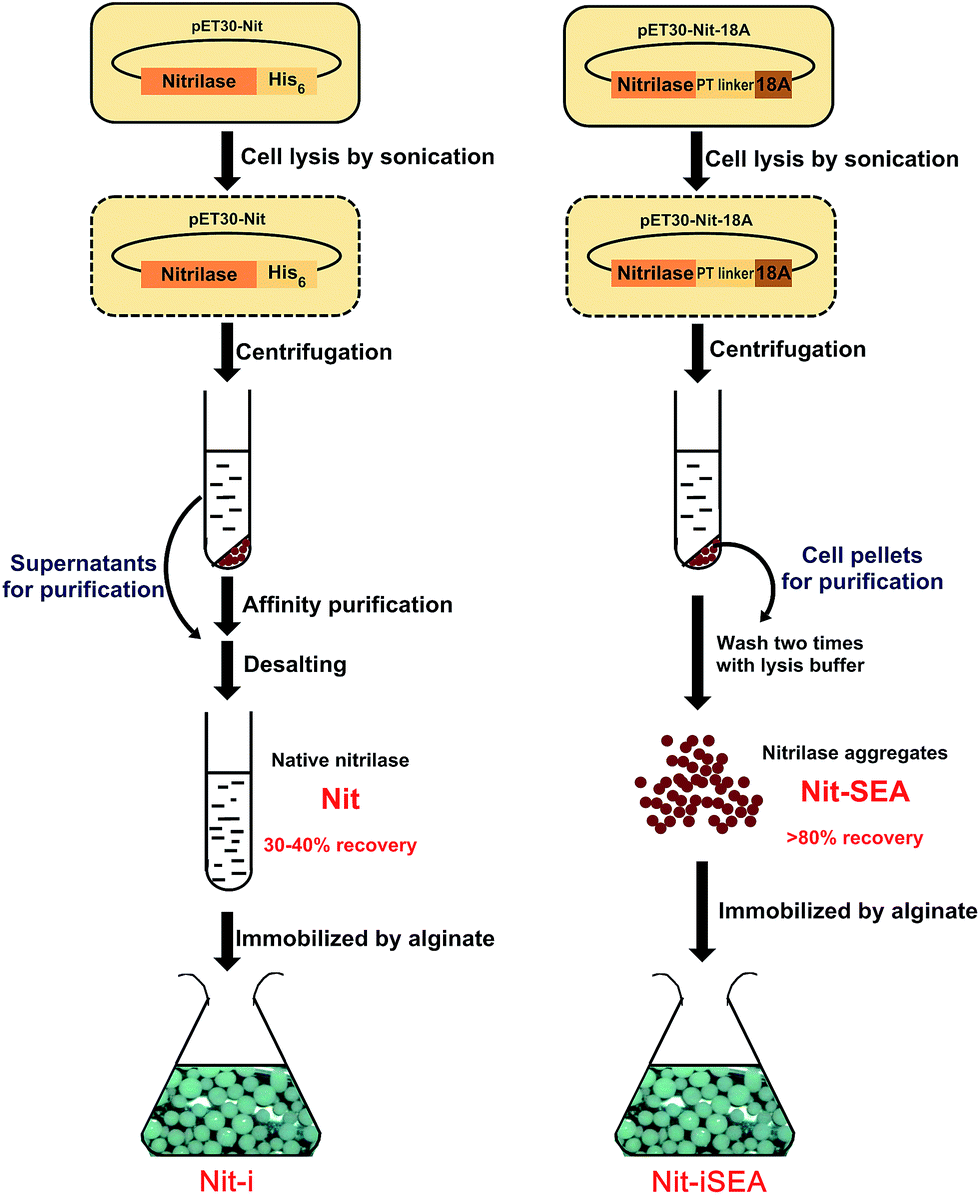
 Selfassembly amphipathic peptides induce active enzyme from pubs.rsc.org
Selfassembly amphipathic peptides induce active enzyme from pubs.rsc.orgEicp is a soil stabilization method in which an aqueous solution comprised of urea, calcium chloride, and urease enzyme is applied to the soil. This is consistent with the viewpoint of lai et al. Similarly, the urease enzyme can also be regarded as nucleation sites and incorporated in the precipitates as confirmed by the finding of sondi and matijević.

Try not to dilute the enzyme solution too much. This is consistent with the viewpoint of lai et al.

Moreover, the carbonate ion generated from the breakdown of urea by urease was later precipitated as a calcium carbonate crystal in the presence of calcium ions and protein content Precipitated proteins are pelleted by centrifugation, washed once or twice with cold.
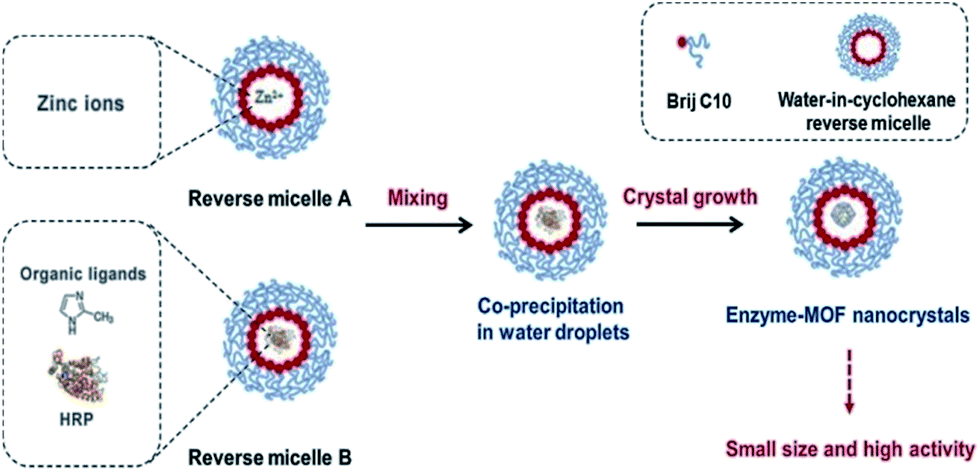
The effectiveness of the eicp treatment was evaluated based on the unconfined compressive strength (ucs) tests at various concentrations of cementation reagent (ccr) and curing periods. The main advantage of enzymes compared to most other catalysts is their stereo, region and chemo selectivity and specificity.
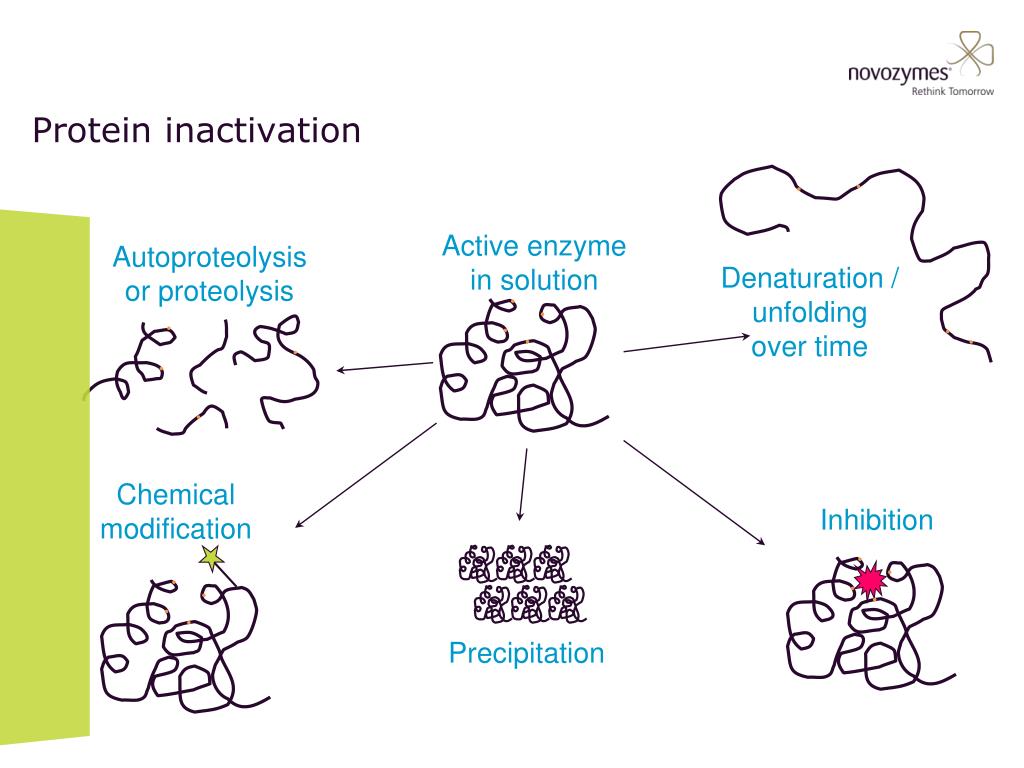
Enzyme induced carbonate precipitation (eicp) of soils from sites in the vicinity of yuma, arizona. Record the volume of the saturated salt solution added.

I don't see precipitation yet, even at 70% concentration of ammonium sulfate. However, the risks of losing enzyme activity during precipitation and further separation of the added salt or polymer need to be considered.

Technically speaking, protein precipitation is a straightforward procedure. Enzyme induced carbonate precipitation (eicp) is an emerging soil improvement method using free urease enzyme for urea hydrolysis.

Technically speaking, protein precipitation is a straightforward procedure. 1) salt precipitation using (nh 4)2so 4 2) dialysis 3) size exclusion chromatography (also called gel filtration or molecular sieving) 4) ion exchange chromatography 5) affinity chromatography
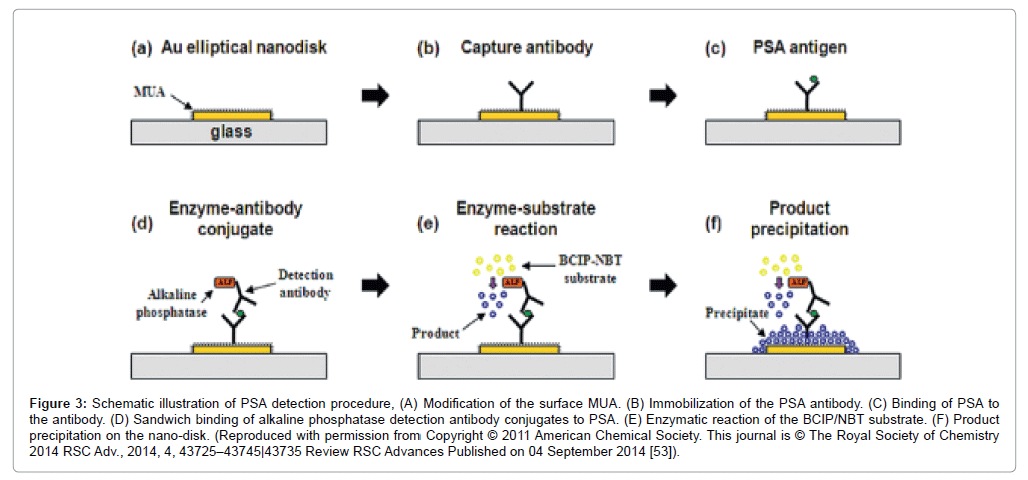
The production of cellulase enzymes on carboxymethyl cellulase (cmcase, endoglucanase activity) by an isolated fungus aspergillus terreus evaluated. The concentration required is lower the less hydrophilic the solvent is.
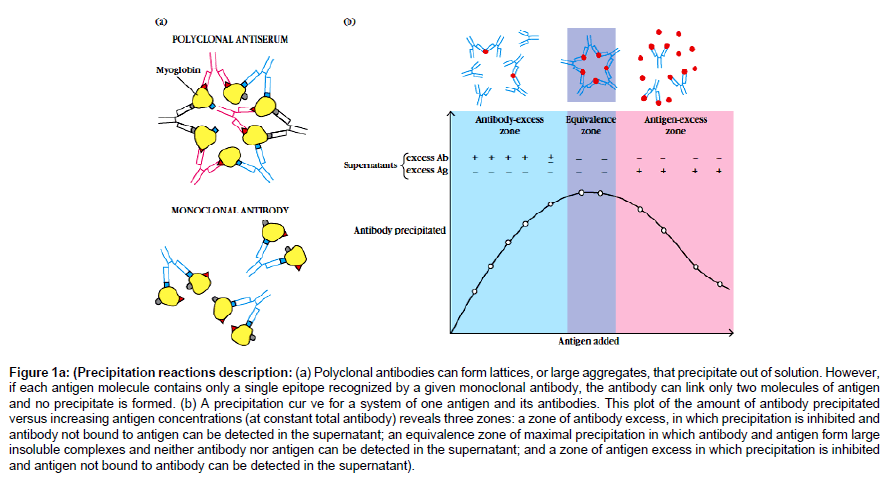
After the aforementioned removal of nucleic acids and cell debris, the supernatant containing the enzyme will be subjected to removal of further unwanted contaminants, namely small organic and inorganic molecules, as well as other proteins, using salting out (eg, ammonium sulfate) or solvent (eg, acetone/ethanol) to promote precipitation, followed by dialysis against its. Try not to dilute the enzyme solution too much.
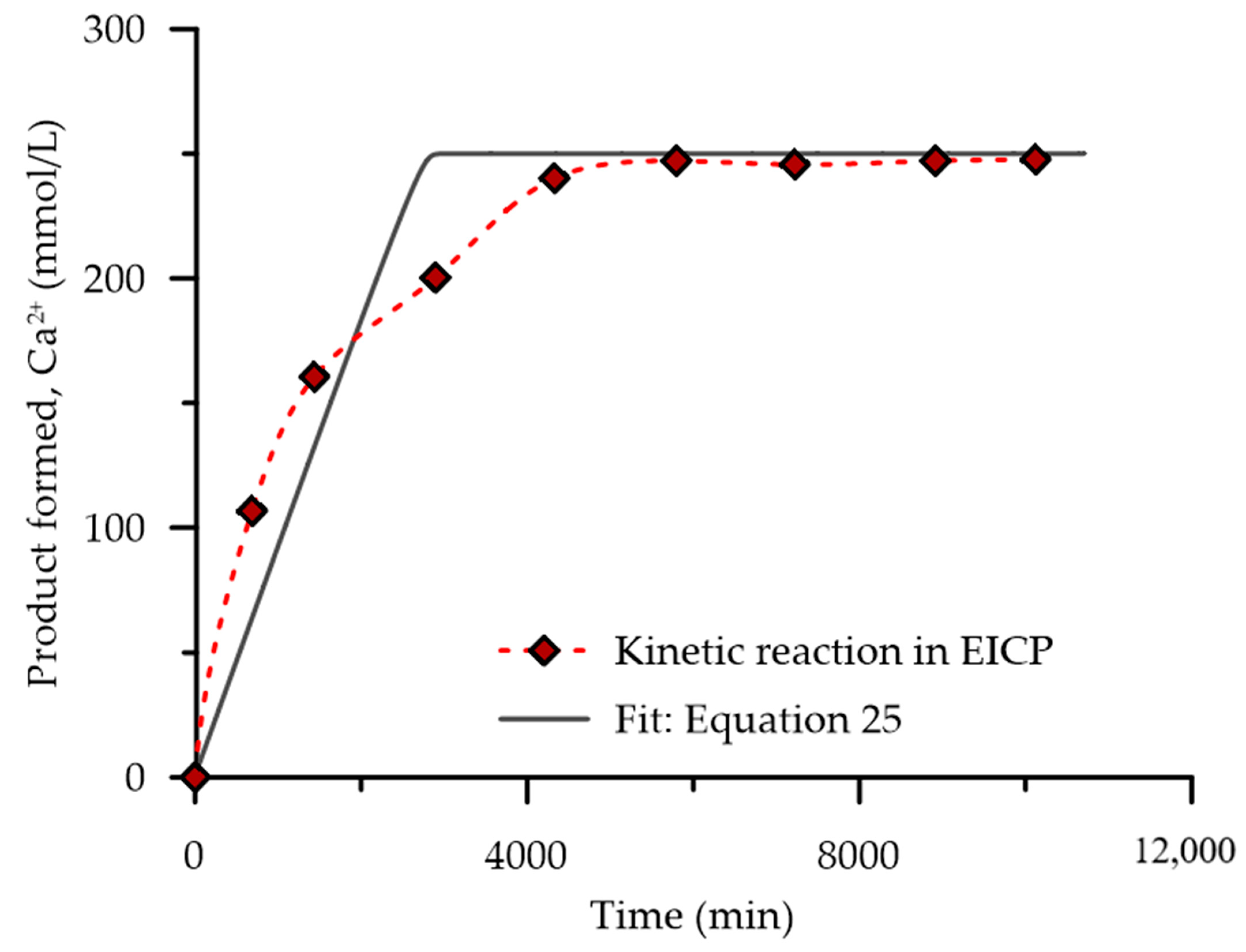
1) salt precipitation using (nh 4)2so 4 2) dialysis 3) size exclusion chromatography (also called gel filtration or molecular sieving) 4) ion exchange chromatography 5) affinity chromatography Steps involved in purification of a protein or enzyme:

This results in salting out or precipitation of proteins/enzymes. Size or mass based method because enzymes are relatively large molecules, separation based on the size or mass of molecules favors purification of enzymes, especially the ones with high molecular weight.

Enzymes are least soluble at pibecause there is no repulsive force between enzymes enzyme must not be inactivated in a range of ph change in ionic strength large charged molecules are only slightly soluble in pure water; After the aforementioned removal of nucleic acids and cell debris, the supernatant containing the enzyme will be subjected to removal of further unwanted contaminants, namely small organic and inorganic molecules, as well as other proteins, using salting out (eg, ammonium sulfate) or solvent (eg, acetone/ethanol) to promote precipitation, followed by dialysis against its.
Enzyme induced carbonate precipitation (eicp) is an emerging soil improvement method using free urease enzyme for urea hydrolysis. This is consistent with the viewpoint of lai et al.
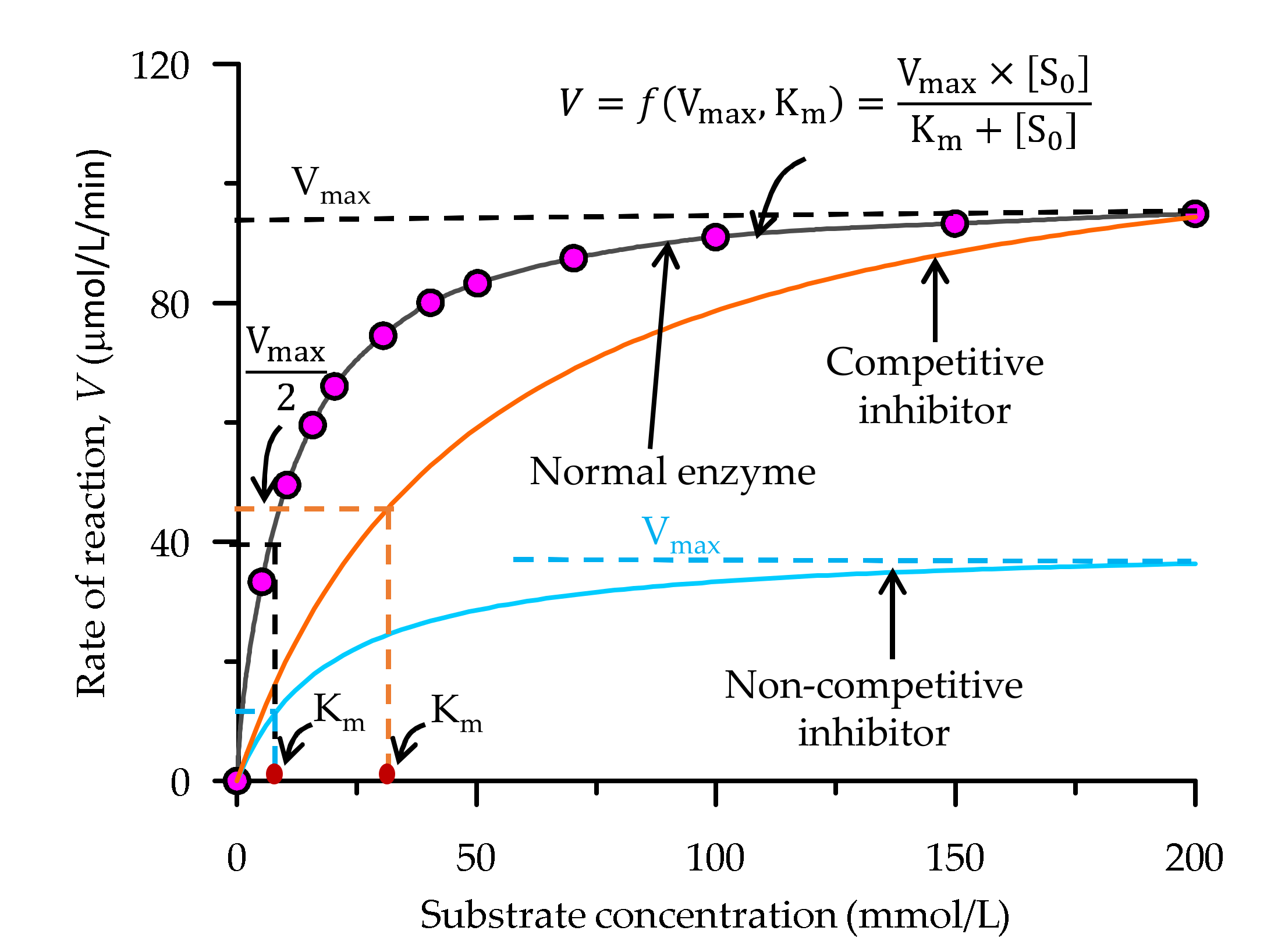
Try not to dilute the enzyme solution too much. The precipitates may be collected by following a similar washing procedure as in step 1.

This is consistent with the viewpoint of lai et al. Moreover, the carbonate ion generated from the breakdown of urea by urease was later precipitated as a calcium carbonate crystal in the presence of calcium ions and protein content

An enzyme is a protein that catalyzes, or speeds up, a chemical reaction. Solvent precipitation is based on the fact that the solubility of enzymes decreases with the decreasing dielectric constant (ϵ) of the solvent.

Try not to dilute the enzyme solution too much. The intracellular cellulase from a.
Enzymes are the focal point of biotechnological processes, without them biotechnology as a subject would not exist. However, the risks of losing enzyme activity during precipitation and further separation of the added salt or polymer need to be considered.

The main advantage of enzymes compared to most other catalysts is their stereo, region and chemo selectivity and specificity. To produce the enzymes, i use solid state fermentation and for the extraction sodium phosphate buffer 50mm ph=6.
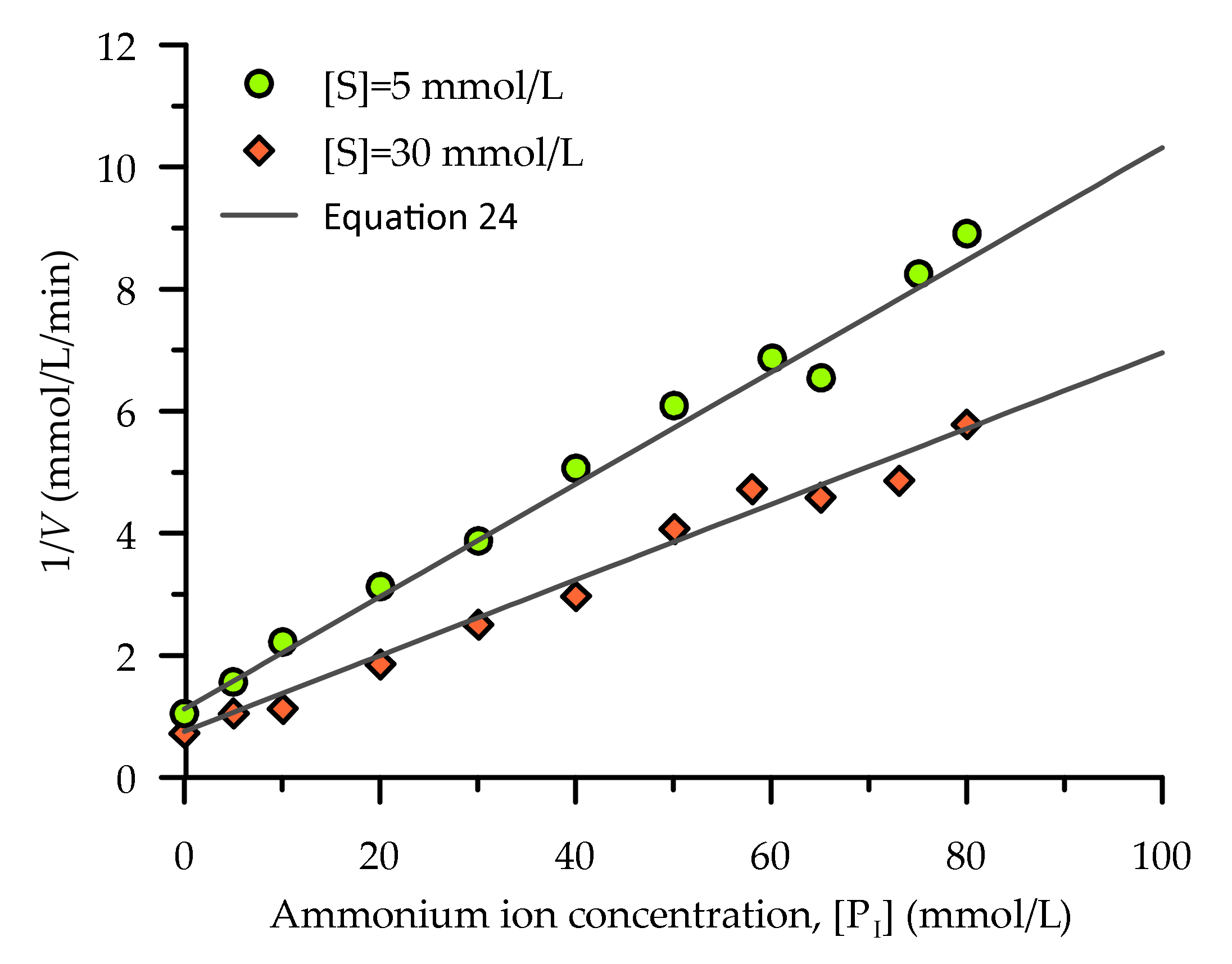
I don't see precipitation yet, even at 70% concentration of ammonium sulfate. The main advantage of enzymes compared to most other catalysts is their stereo, region and chemo selectivity and specificity.
Size Or Mass Based Method Because Enzymes Are Relatively Large Molecules, Separation Based On The Size Or Mass Of Molecules Favors Purification Of Enzymes, Especially The Ones With High Molecular Weight.Moreover, the carbonate ion generated from the breakdown of urea by urease was later precipitated as a calcium carbonate crystal in the presence of calcium ions and protein content The intracellular cellulase from a. Enzyme induced carbonate precipitation (eicp) is an emerging soil improvement method using free urease enzyme for urea hydrolysis.
This Results In Salting Out Or Precipitation Of Proteins/Enzymes.To produce the enzymes, i use solid state fermentation and for the extraction sodium phosphate buffer 50mm ph=6. An enzyme is a protein that catalyzes, or speeds up, a chemical reaction. The main advantage of enzymes compared to most other catalysts is their stereo, region and chemo selectivity and specificity.
1) Salt Precipitation Using (Nh 4)2So 4 2) Dialysis 3) Size Exclusion Chromatography (Also Called Gel Filtration Or Molecular Sieving) 4) Ion Exchange Chromatography 5) Affinity ChromatographyIn this paper, a parametric study was conducted to evaluate and optimize the effect of concentration and activity of urease enzyme and concentration of other chemical constituents (urea and calcium chloride) on eicp. Try not to dilute the enzyme solution too much. Technically speaking, protein precipitation is a straightforward procedure.
However, The Risks Of Losing Enzyme Activity During Precipitation And Further Separation Of The Added Salt Or Polymer Need To Be Considered.Solvent precipitation is based on the fact that the solubility of enzymes decreases with the decreasing dielectric constant (ϵ) of the solvent. Similarly, the urease enzyme can also be regarded as nucleation sites and incorporated in the precipitates as confirmed by the finding of sondi and matijević. The precipitating solvent is added to the sample and then the mixture is left for precipitation at 4°c (or even at −80 ° c for organic solvents, such as ethanol or acetone) for a period ranging from a few minutes to a few hours.
The Concentration Required Is Lower The Less Hydrophilic The Solvent Is.The first step of cellulase purification was achieved by precipitation with ammonium sulfate. Thus, both bacterial cells and urease enzyme can continue to induce calcium carbonate until encapsulated. Enzyme induced carbonate precipitation (eicp) of soils from sites in the vicinity of yuma, arizona.
Belum ada Komentar untuk "Enzyme Precipitation"
Posting Komentar